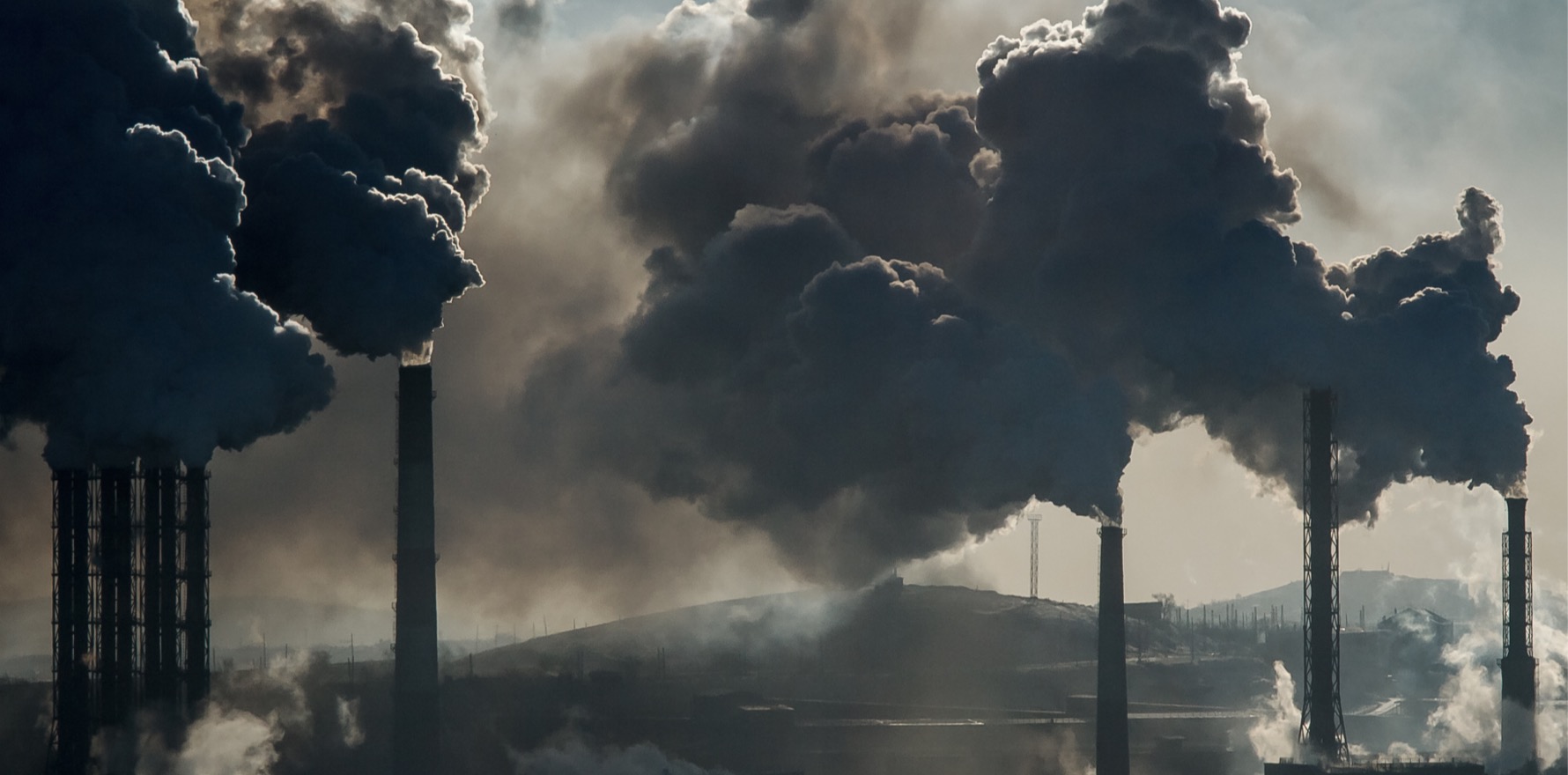Poor air quality doesn’t cancel out the benefits of being more active.
Staying active, even in polluted areas, appears to reduce the risk of dying early, according to an observational study of 384,000 Taiwanese adults over two decades.
Researchers in Hong Kong examined whether exercise exacerbated the long-term health harms of polluted air, by increasing exposure to and inhalation of air pollutants, or if the benefits of regular physical activity outweighed the risks.
“Our results suggest that exercise is a safe health improvement strategy, even for people residing in relatively polluted regions,” Dr Cui Guo and colleagues at The Chinese University of Hong Kong, wrote in their paper.
The analysis included adults who joined a medical screening program between 2001 and 2016, and attended routine health assessments roughly every three years.
Participants’ exercise habits were compared to average exposure to fine particular matter (PM2.5) over time, using data from air pollution monitoring stations across Taiwan, where residents are often exposed to PM2.5 concentrations 1.6 times higher than the WHO-recommended limit.
After adjusting for lifestyle factors such as smoking, laborious work and occupational exposure to air pollution, the analysis found inactivity and high levels of air pollution were associated with higher risks of dying over the study period.
However, in each bracket of PM2.5 exposure – low, moderate and high – people who reported high levels of regular, intense exercise had a lower risk of death than those who were inactive, although less exposure to pollution was better.
The findings suggested “exercise was beneficial for health despite air pollution; however, exercise was most beneficial in areas with the lowest levels of air pollution,” according to University of Sydney public health researchers, Associate Professor Melody Ding and Ms Mona Elbarbary, who authored an accompanying editorial.
Despite its size, the study had some limitations: it neglected other pollutants such as ozone levels or traffic emissions, and did not distinguish between indoor or outdoor exercise – the latter likely exposing people to air pollutants.
Professor Ding and Ms Elbarbary also argued that reducing air pollution and improving physical activity were two intersecting health problems that should be tackled together, since air pollution could deter people from exercising.
People of lower socioeconomic status also tended to have fewer choices regarding when, where and how they exercised, they lived in areas with worse air pollution and lacked access to indoor exercise facilities and green spaces.
“Staying active should not be at the cost of compromised health from air pollution,” Professor Ding and Ms Elbarbary wrote.


